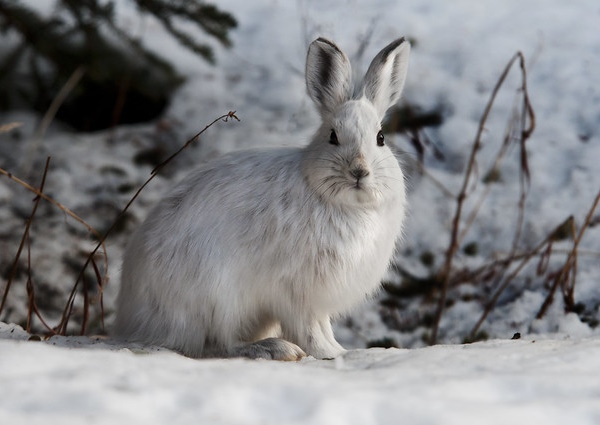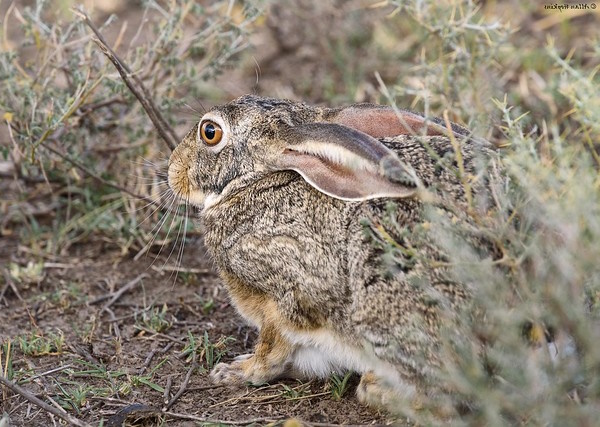
Here’s to hares, those long-eared cousins of cuddly rabbits who seek to speed to success… just ignore that whole “losing races to tortoises” thing.
Cape Hare
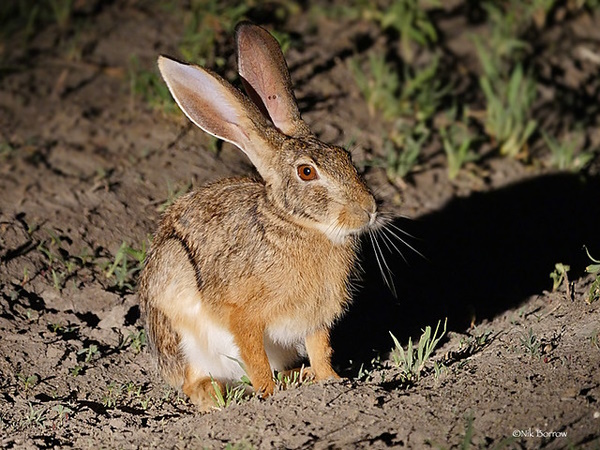
Friends, rodents, cottontails, lend me your long ears! And don’t let the “Cape” in the Cape Hare’s (Lepus capensis) name fool you: this cosmopolitan hare ranges from the Cape of Good Hope north to Morocco, eastward to Sardinia, Yemen and the Himalayan foothills. Cape Hares are nocturnally active animals that rest or sleep during the day. They rarely sleep for more than a minute at a time, however, and almost never enter deep sleep. (images at top via Allan Hopkins and above via Nik Borrow)
* Hare-raising Fun Fact: Hares and rabbits may both have long ears but they differ from one another in many ways. There are 33 species of “true hares” in the genus Lepus, while the overarching Leporidae family includes 11 genera and 61 species of hares and rabbits.
Japanese Hare
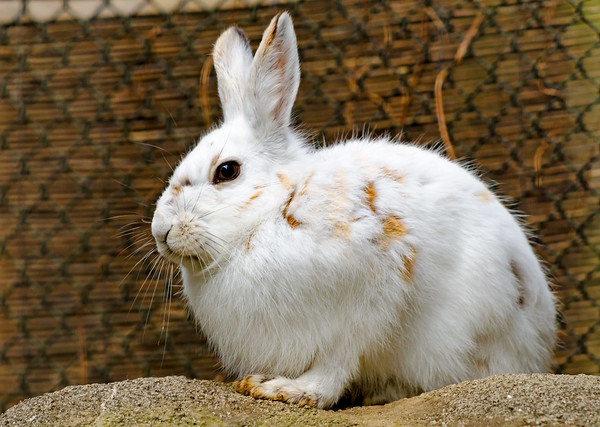
The Japanese Hare (Lepus brachyurus) is only found in Japan, less the northern island of Hokkaido. Known locally as Nousagi (“field rabbit”), this reddish-brown hare can be found in mountainous regions and hilly areas with plenty of forest or brush cover. Japanese hares have adapted well to urban environments in Japan; so much so that many consider them to be pests – they have been known to eat the bark from bonsai trees. (image via Toshihiro Gamo)
* Hare-raising Fun Fact: Young hares (known as “leverets”) are born fully furred with open eyes, in above-ground nests, and are able to fend for themselves soon after birth. By contrast, rabbits are born blind and hairless in underground burrows.
Snowshoe Hare
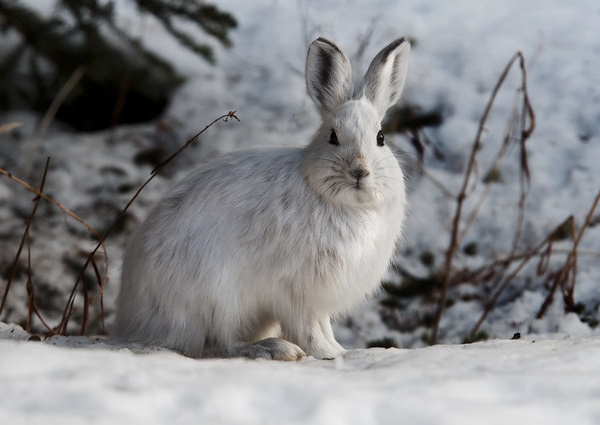
The Snowshoe Hare (Lepus americanus) – not to be confused with the Arctic Hare (Lepus arcticus) – can be found throughout the length and breadth of sub-arctic Canada. It is also native to parts of the Rockies and the Appalachian mountains in the United States. Snowshoe hares have adapted to the deep snowfields of mountain winters by evolving large hind feet (hence the name) with thickly furred soles, shorter ears, and a seasonal fur transformation from dark brown to white. (image via NPS Climate Change Response)
* Hare-raising Fun Fact: Snowshoe hares have been recorded scavenging on the carcasses of both their main predator (the Canada Lynx) and those of other deceased Snowshoe hares! This unexpected and Montypythonesque (to coin a phrase) carnivorous and cannibalistic behavior was first noted in early 2019.
Looking for unusual hares on the er, web? Check out Hedge Dog: Creepy Cute ‘Bunny Harvestman’ Spider!
